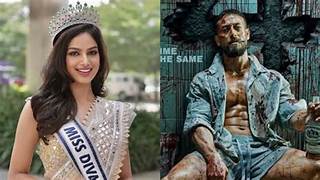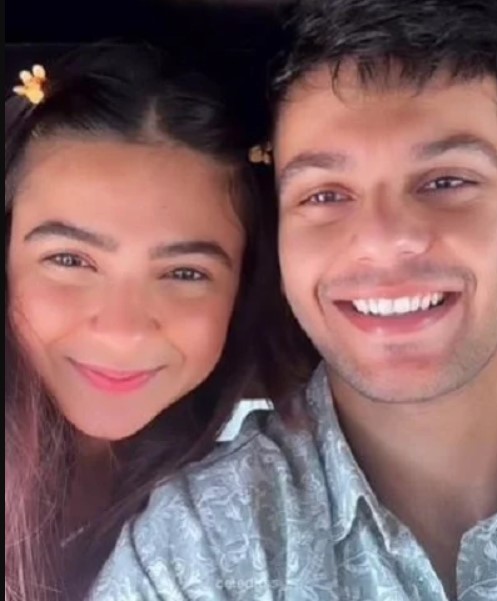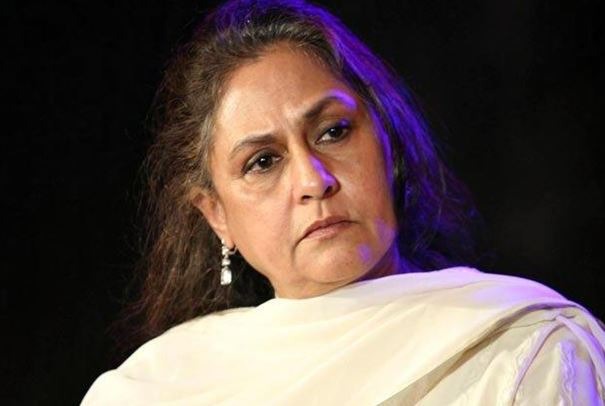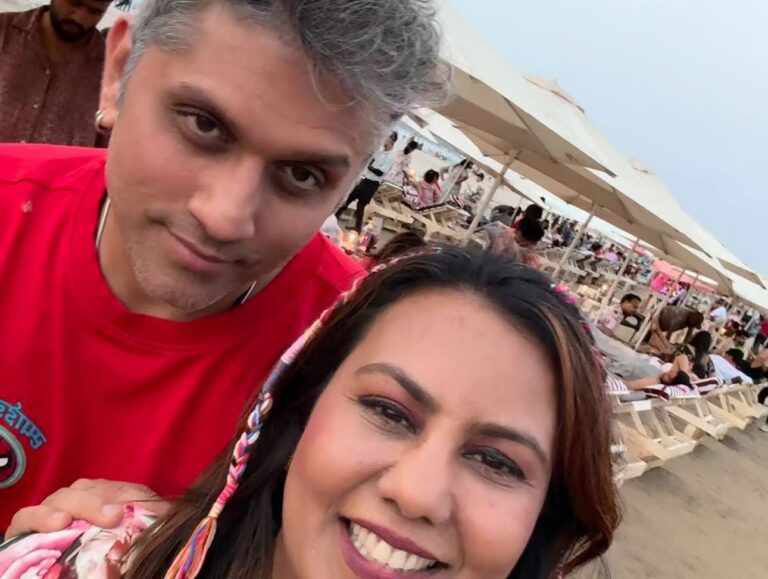Emergency Crippled Bollywood: Censorship, Bans, and a Jailed Actress Marked the Dark Era
During the Emergency, Bollywood Faced Harsh Censorship, Film Bans, and Creative Suppression 26 June 2025, New Delhi The Emergency declared on June 25, 1975, cast a long shadow not only...

During the Emergency, Bollywood Faced Harsh Censorship, Film Bans, and Creative Suppression
26 June 2025, New Delhi
The Emergency declared on June 25, 1975, cast a long shadow not only over India’s political and media systems but also on its vibrant film industry. During the 21-month period of authoritarian rule, Bollywood faced intense censorship, creative restrictions, and ideological scrutiny. Several films were banned, altered, or delayed, while some artists even faced legal consequences. The industry, once a space for imaginative freedom, found itself at odds with the regime’s intolerance for dissent.
Among the most telling examples was the film ‘Kissa Kursi Ka’, a political satire directed by Amrit Nahata. Bold in its mockery of political power structures—particularly characters resembling Sanjay Gandhi—the film provoked a severe backlash. Under orders from then Information and Broadcasting Minister V.C. Shukla, the original film negatives were confiscated and destroyed. Featuring well-known names like Shabana Azmi, Raj Babbar, and Utpal Dutt, the film was painstakingly recreated and re-released in 1978, but only after facing more censorship cuts.
Gulzar’s critically acclaimed ‘Aandhi’ also became a casualty of Emergency-era politics. The protagonist, Aarti Devi, played by Suchitra Sen, was seen as resembling Prime Minister Indira Gandhi, which led to the film being abruptly banned soon after its release. Although the filmmakers maintained that the narrative was purely fictional, the striking similarities unsettled the ruling establishment. The film remained suppressed until it was re-released post-Emergency.
Documentarian Anand Patwardhan, then only 25 years old, created ‘Kranti Ki Tarangein’ (Waves of Revolution), a powerful underground documentary capturing the JP Movement and public dissent leading up to the Emergency. While state-controlled media was silenced, Patwardhan’s work spread through underground networks, emerging as a symbolic voice of resistance during a time of political suppression.
Also Read: Ajay Devgn Returns as Jassi in Action-Comedy Avataar: ‘Son Of Sardaar 2’ Teaser Out Now!
The satirical film ‘Nasbandi’, directed by I.S. Johar, lampooned the government’s forced sterilization drive by casting lookalikes of Bollywood megastars like Amitabh Bachchan and Rajesh Khanna. Its biting critique was deemed too controversial, and the film was immediately banned, only seeing a release in 1978 under a more liberal political climate.
Tragedy struck with the Kannada film ‘Chanda Marutha’, based on P. Lankesh’s play. Directed by Pattabhi Rama Reddy, the film starred his wife, Snehalatha Reddy, a vocal activist. She was imprisoned during the Emergency, and shortly after her parole, she passed away, underscoring the personal cost of challenging authority. Even films like ‘Aandolan’—set in British colonial times—faced censorship, proving that any perceived criticism of power, historical or present, was unwelcome under Emergency rule.






No Comments Yet